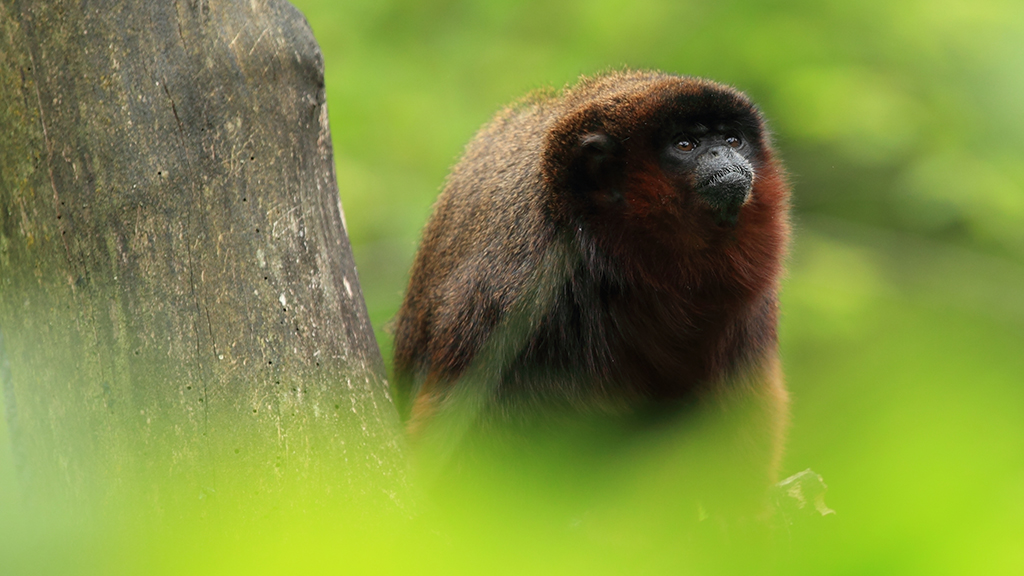Abstract
This case study in comparative physiology explores the connections between physiology, evolution and behavior. Students assume the role of researchers who have discovered the body of a rare and poorly studied (fictional) monkey, Callicebus imagini. Students need to figure out what they can learn about the physiology and behavior of the monkey from dissecting the brain of this specimen. To complete this case, students will need to research the functions of areas of the brain and use this information to predict how changes in those areas will impact the monkey. The case consists of two sections, with the second distributed only after the first has been completed. Students work in small groups, performing some of the research work individually and then collaborating to answer the larger questions. The case was developed for a mammalian physiology class, but could also be used in other human or animal physiology classes, or in an animal behavior class.



